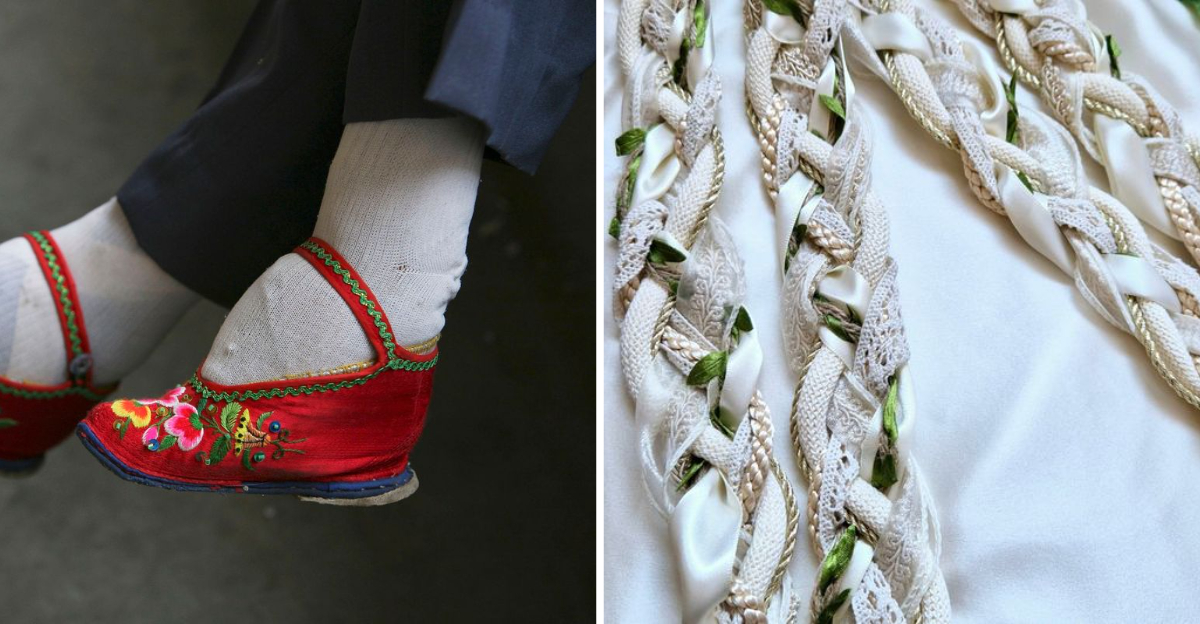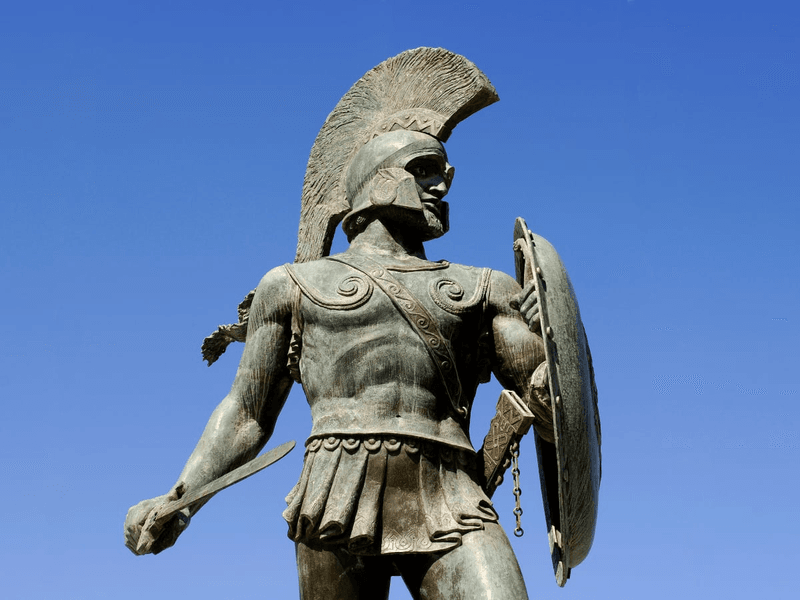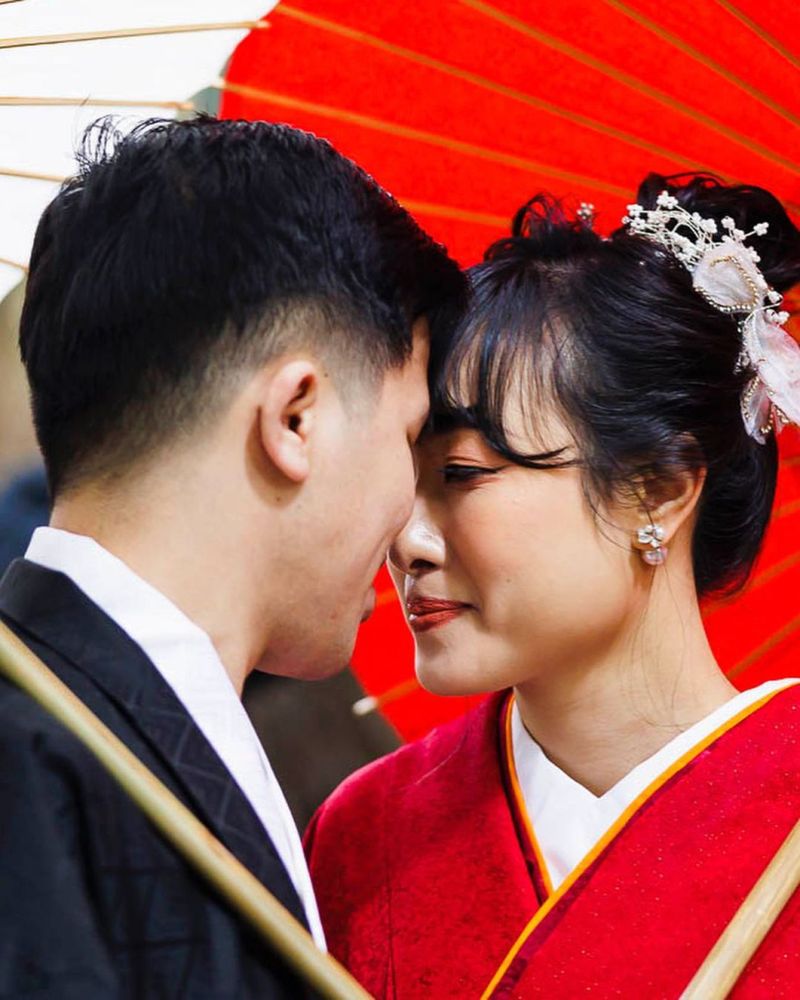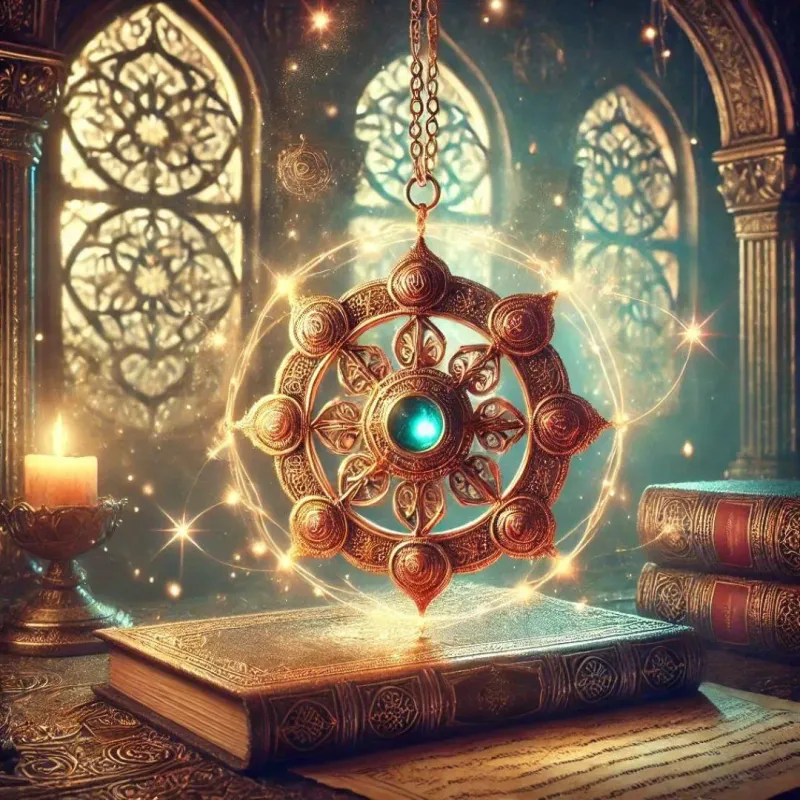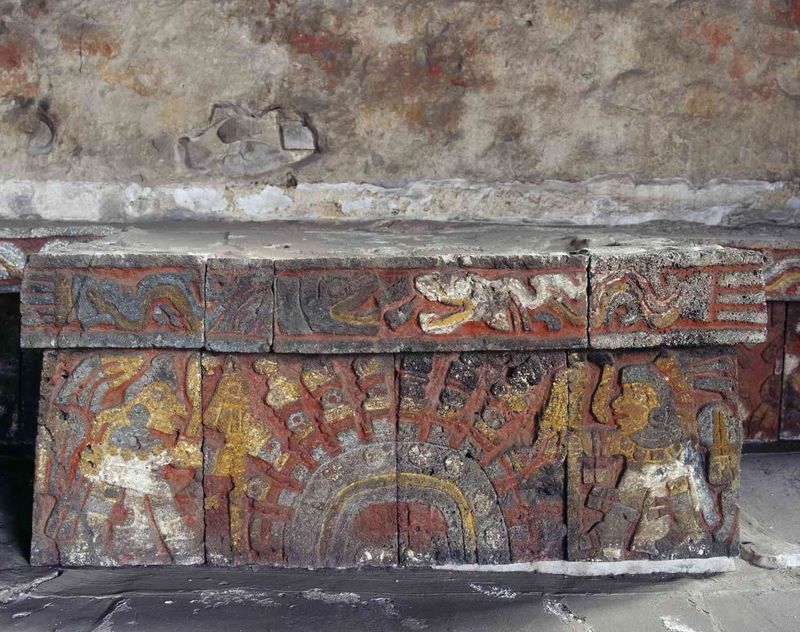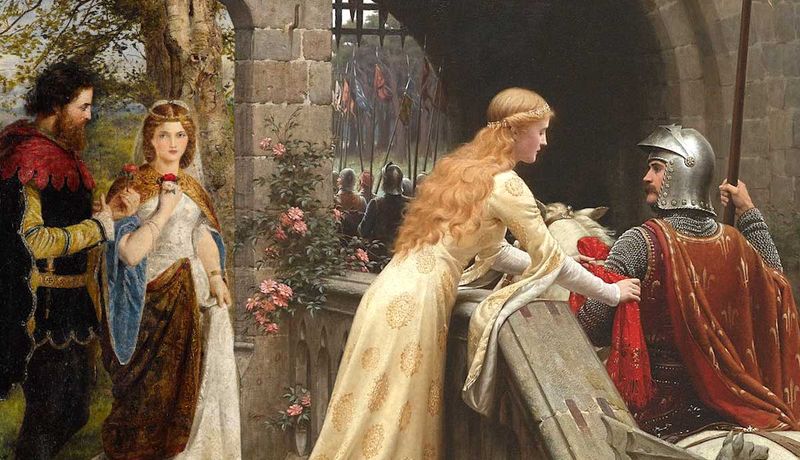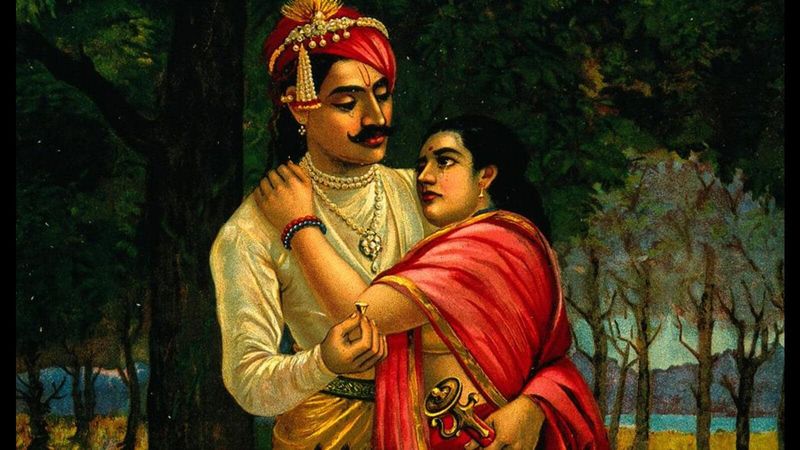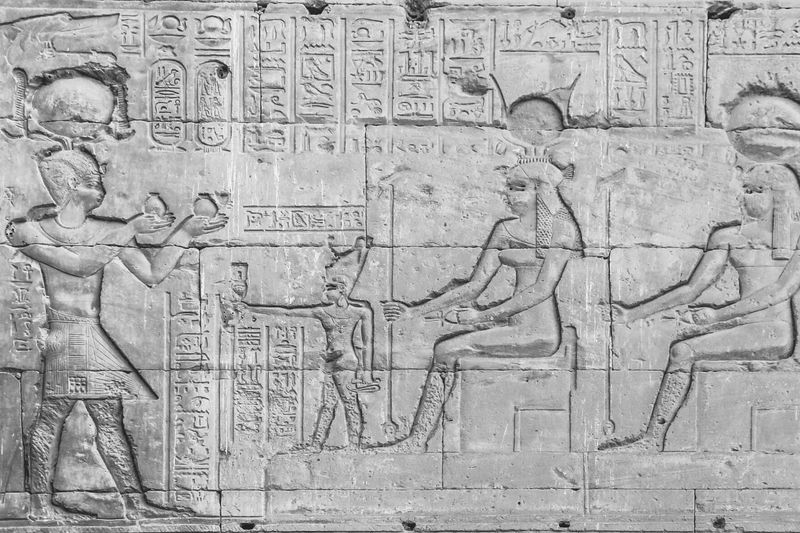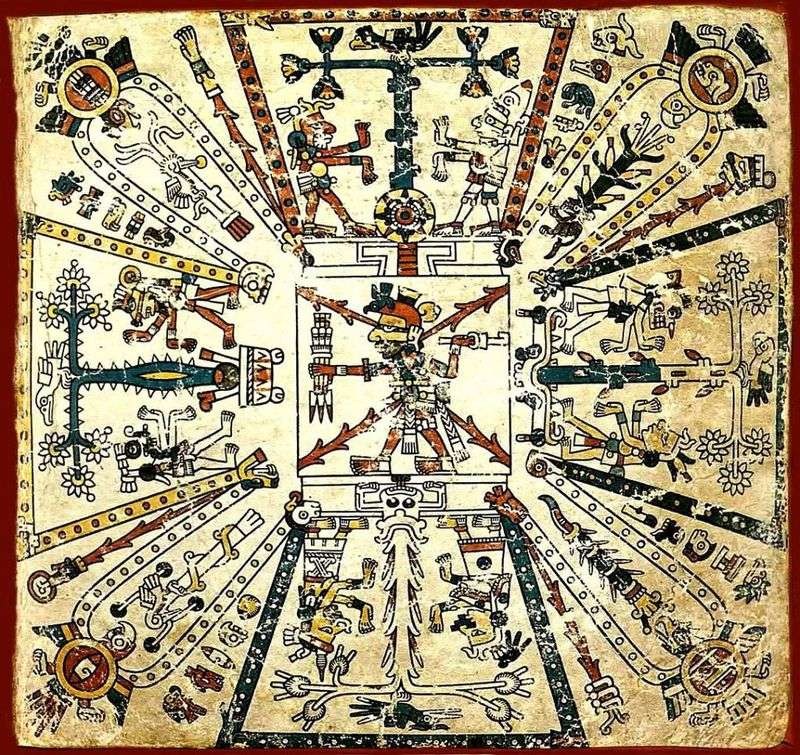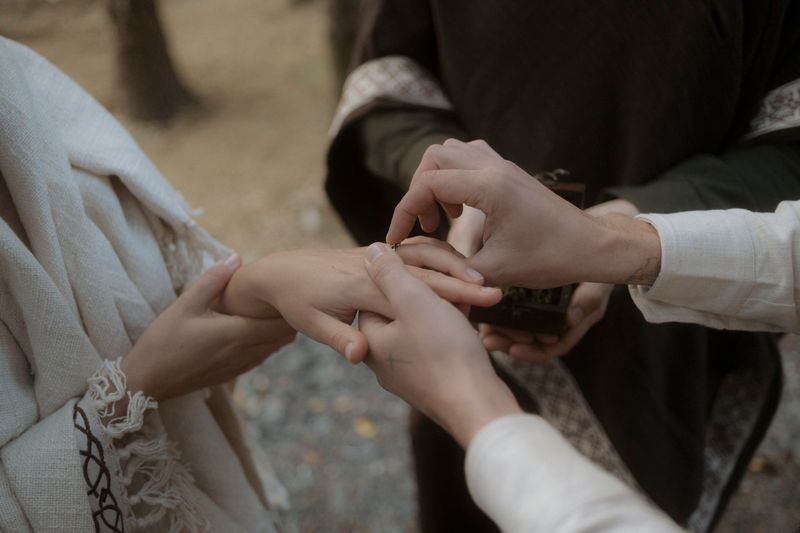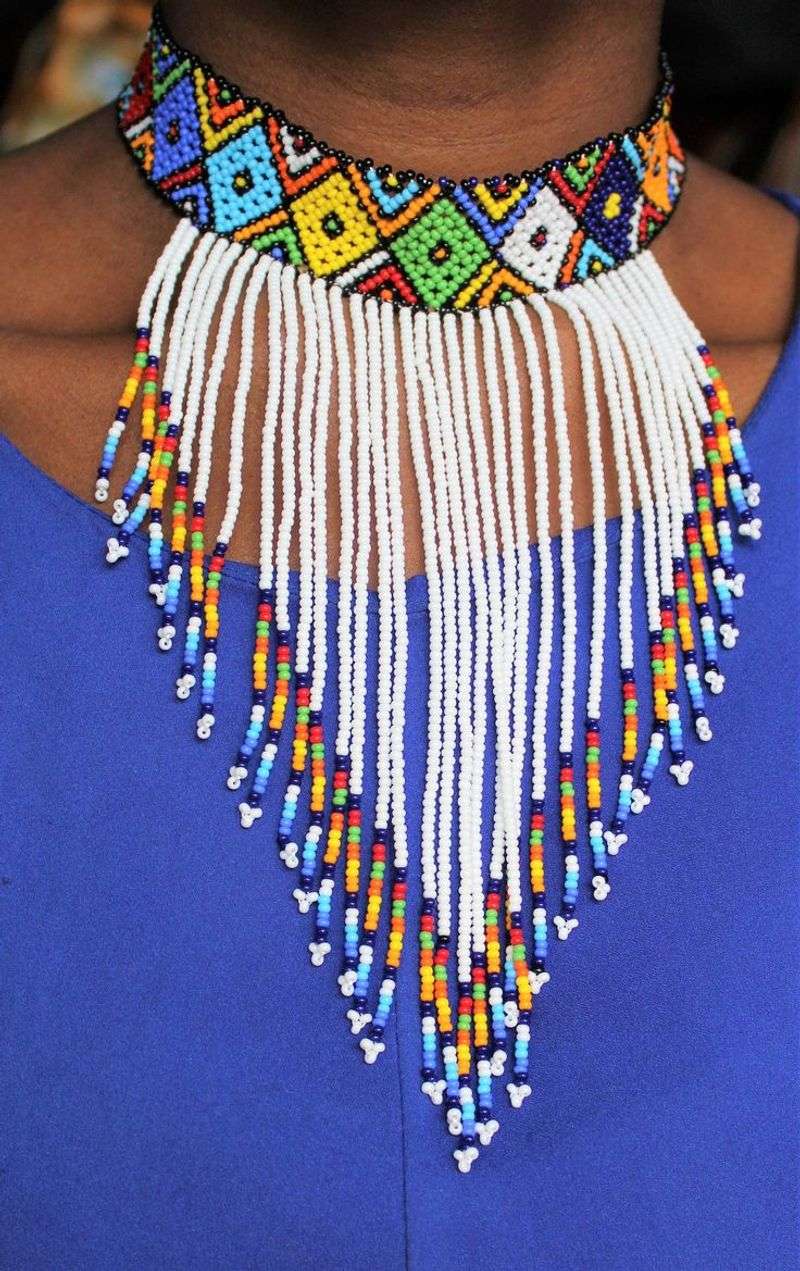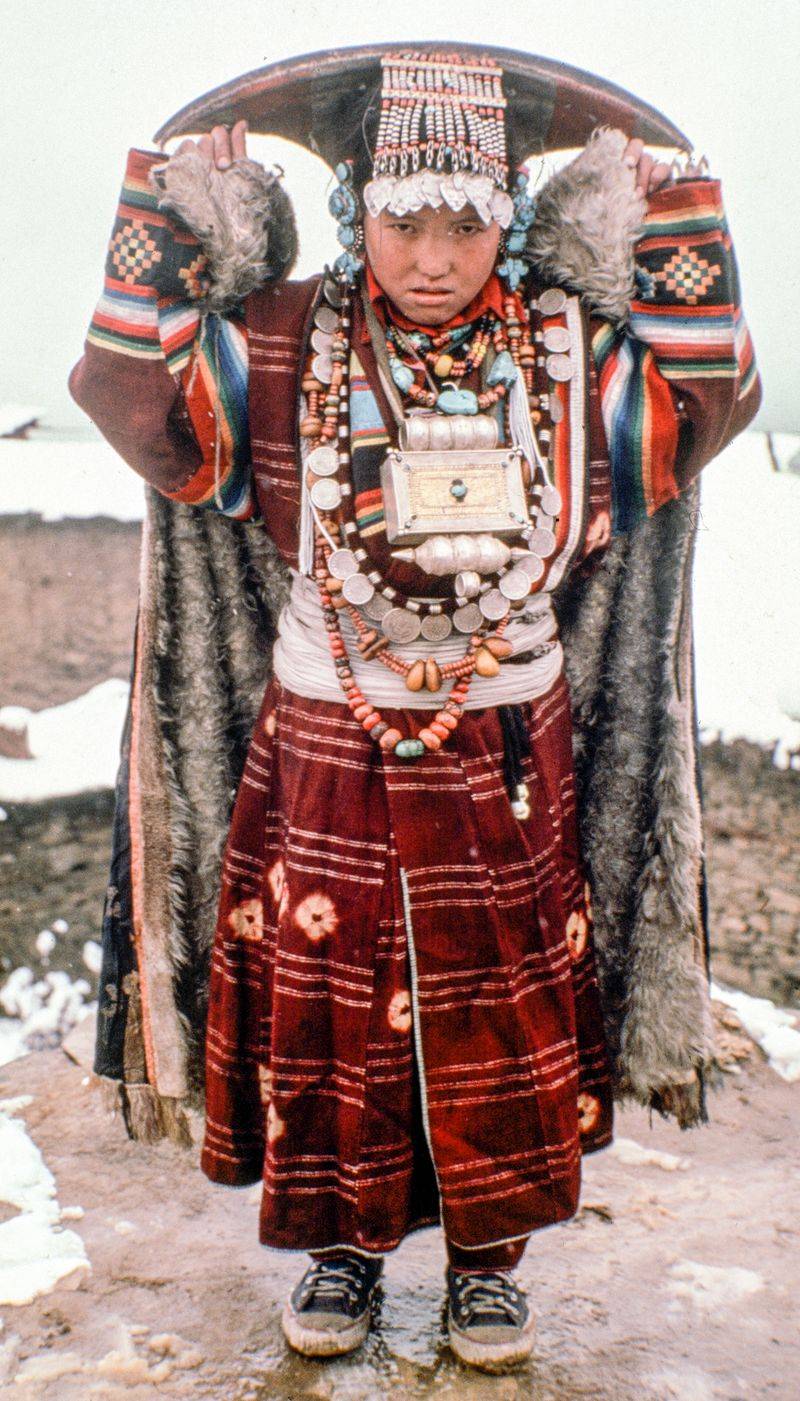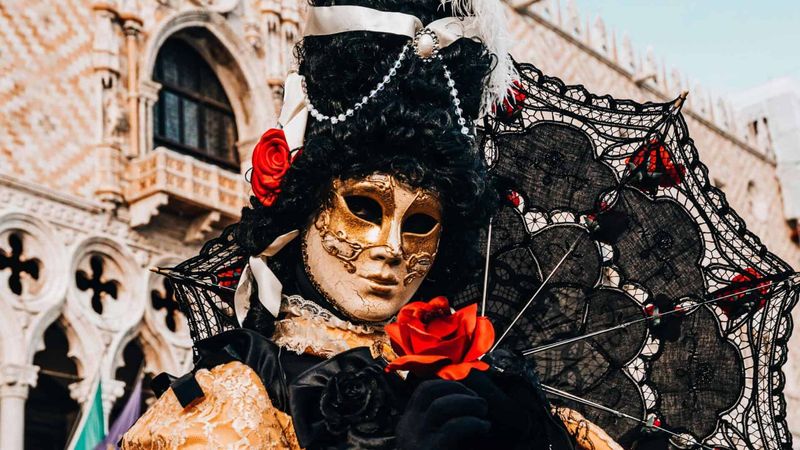Throughout history, love and courtship have manifested in fascinating and sometimes bizarre ways. From peculiar rituals to downright strange customs, the ways people sought love and partnership often reflect the unique cultural contexts of their times. In this blog post, we will explore 15 ancient dating rituals that, while intriguing, are ones you’re likely relieved are no longer in practice. Delving into these practices offers a glimpse into the complex tapestry of human relationships and societal norms across cultures and eras.
Spartan Whipping Ceremony
In ancient Sparta, young lovers participated in a brutal rite known as the whipping ceremony. This was a test of endurance and bravery, where young men were publicly whipped to demonstrate their strength. It was believed that enduring pain was a testament to their suitability as partners.
While it may seem bizarre today, this ritual was deeply embedded in Spartan culture, where physical prowess was paramount. Young women would often watch, selecting partners based on their ability to withstand the ordeal.
Thankfully, such harsh rituals are no longer a part of our courtship practices.
Celtic Handfasting
The Celtic tradition of handfasting involved couples having their hands bound together with cords or ribbons. This symbolic act signified their union, often preceding formal marriages. Held in sacred groves or community gatherings, it was both a public and spiritual commitment.
Handfasting was considered a temporary engagement, allowing couples to live together for a year and a day before deciding on marriage. Such rituals highlight the fluidity of ancient relationship norms.
In modern times, while handfasting is still a symbolic gesture at weddings, it’s far less binding and ceremonial.
Japanese Miai
Miai, a traditional Japanese matchmaking practice, involved arranged meetings between potential partners, often orchestrated by family members. The process was formal, aiming to evaluate compatibility and family status rather than personal chemistry.
Tea ceremonies were common settings for these meetings, where both parties would exhibit manners and social graces. The emphasis was on family honor and societal expectations, with love considered a secondary factor.
While arranged marriages still occur, modern Japanese society embraces more personal choice in romantic relationships, moving away from such rigid formalities.
Roman Love Spells
In ancient Rome, love spells were a common way to influence romantic outcomes. Women often turned to magic, using herbs and incantations to win affection or secure a partner’s fidelity. These rituals were performed in secrecy, with a mix of superstition and desperation guiding their actions.
Such practices reveal the lengths individuals went to in the pursuit of love, reflecting both the power dynamics and societal constraints of the time.
Today, while magic remains a cultural curiosity, people generally rely on more direct forms of communication in relationships.
Mayan Bloodletting Rituals
In Mayan culture, bloodletting rituals were not just acts of devotion to gods but also expressions of love and commitment. Couples would partake in these ceremonies to demonstrate their mutual devotion, often seeking divine favor for their relationship.
The rituals involved self-inclicted wounds, reflecting a belief in the power of blood as a sacred life force. While symbolic, the physical ordeal was a testament to their dedication.
Modern relationships thankfully eschew such painful displays, focusing instead on emotional and verbal expressions of love.
French Courtly Love
Courtly love in medieval France was an elaborate and stylized form of romance. This tradition involved knights expressing adoration and admiration for unattainable noblewomen through poetry, songs, and gallant deeds.
While actual romantic fulfillment was rare, the emphasis was on noble expressions of love and idealized virtues. This form of courtship was a social game, more about the art of wooing than genuine partnership.
Today, while poetry and romantic gestures remain, they are thankfully less constrained by social hierarchies and unattainable ideals.
Viking Bridal Kidnapping
In Viking times, marriage by capture was not uncommon. This involving the groom kidnapping his bride-to-be. This practice was often more symbolic than violent, representing the groom’s strength and ability to provide.
Though not always consensual, these abductions were part of a wider tradition of proving one’s worthiness. Allies and family members were often in on the act, adding a communal aspect.
Modern marriages, fortunately, rely on mutual consent and equality, leaving behind such aggressive displays of courtship.
Chinese Foot Binding for Brides
In ancient China, foot binding was a painful tradition that young girls underwent to prepare for marriage. Bound feet were seen as a status symbol and were believed to make a woman more marriageable.
This practice involved breaking and tightly binding the feet, resulting in lifelong disability. Despite its brutality, it was a deeply ingrained cultural norm reflecting ideals of beauty and femininity.
Today, such practices are condemned, and beauty standards have evolved to embrace diversity and natural form.
Hindu Swayamvara
The swayamvara was an ancient Hindu practice where a princess chose her husband from a group of suitors. These events were grand affairs, often involving competitions to demonstrate the suitors’ valor and worthiness.
The selection process was public and ceremonial, with the princess placing a garland around her chosen one’s neck. This ritual empowered women with the choice of partner, a progressive notion for its time.
Contemporary practices in arranged marriages still echo these traditions, though personal choice plays a more significant role today.
Egyptian Love Oaths
In ancient Egypt, love oaths were solemn promises exchanged between couples, often inscribed on papyrus scrolls. These vows were considered binding and were a precursor to formal marriages.
Couples would promise loyalty and fidelity, invoking the gods as witnesses. These oaths reinforced the spiritual and contractual nature of Egyptian unions.
Modern marriage vows still retain this solemnity, though contemporary expressions allow for more personal and less rigid declarations.
Aztec Flower Wars
In Aztec culture, flower wars were ritualistic battles staged for various purposes, including courtship. Young warriors engaged in these events to prove their bravery and attract potential partners.
These displays of strength and skill were meant to impress onlookers, particularly women, showcasing martial prowess as a desirable trait. While warlike in nature, these engagements were more about display than conquest.
Today’s courtship thankfully avoids combat, focusing instead on peaceful expressions of love and compatibility.
Irish Brehon Law Marriages
Under ancient Irish Brehon law, marriages could be contracted for a year and a day, allowing couples to test their compatibility. This period was a trial, after which they could choose to formalize or dissolve the union.
The system offered flexibility, recognizing marriage as a partnership that could adapt to personal circumstances. Such pragmatic approaches were advanced for their time, emphasizing mutual benefit.
Modern relationships sometimes echo this trial nature, though with more emotional and legal considerations at play.
Zulu Bead Language
The Zulu people of Africa used a complex language of beads to express romantic intentions. Different colors and patterns conveyed various messages, from love to rejection.
This intricate system allowed for nuanced communication in courtship, with both parties participating in this creative exchange. Beadwork was both an art and a means of personal expression.
While digital communication has replaced such methods, the art of meaningful expression in relationships remains important.
Tibetan Polyandry
In certain Tibetan communities, polyandry—where a woman marries multiple brothers—was practiced to preserve family land and resources. This unique arrangement ensured economic stability and reduced population pressure.
The practice fostered communal living, with shared responsibilities and family bonds, though it often limited personal choice in partners.
Modern relationships have largely moved away from such arrangements, prioritizing personal compatibility and individual choice over economic necessity.
The Venetian Masked Love Hunt
In 16th century Venice, love and mystery intertwined during the infamous Masked Love Hunt. Participants donned ornate masks and costumes, concealing their identities as they roamed the narrow streets. Suitors pursued love interests in a playful chase, guided only by whispered clues.
The excitement lay in uncovering an admirer’s identity while maintaining the thrill of secrecy. Many sought to win the favor of their beloved by presenting small tokens of affection. This unique blend of anonymity and pursuit offered an exhilarating, albeit confusing, courtship experience.
Today, the Venetian Carnival continues, but the love hunt remains a fascinating relic of the past.
